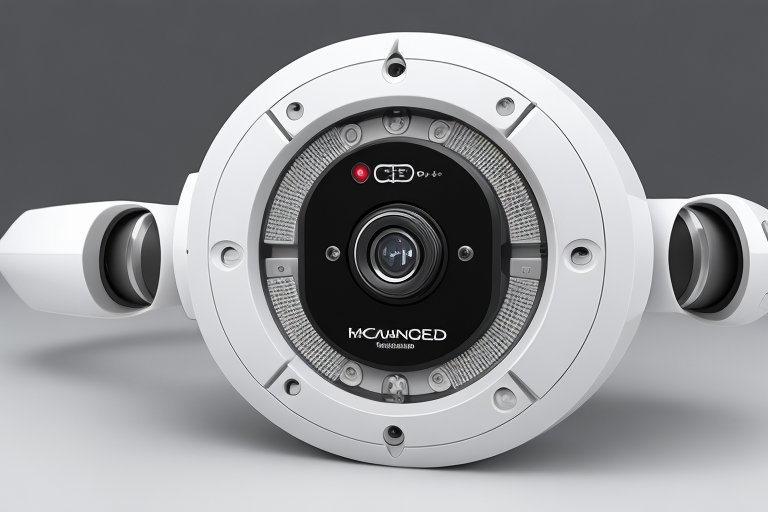The Impact of Wearable Technology on Athlete Training
AcePREX | Sep 16, 2024

Wearable technology has significantly impacted athlete training by providing real-time data that enhances performance monitoring and injury prevention. Devices such as heart rate monitors, GPS trackers, and smart clothing have become essential tools for athletes and coaches alike.
These wearables allow athletes to track vital physiological metrics, including heart rate, distance traveled, and energy expenditure during training sessions and competitions. By analyzing this data, coaches can tailor training programs to meet individual athletes' needs, optimizing performance and minimizing the risk of overtraining.
In addition to performance metrics, wearable technology also plays a crucial role in injury prevention. Advanced sensors can monitor biomechanics, detecting irregular movements that may lead to injuries. Coaches can use this information to modify training regimens and address potential issues before they escalate into serious injuries.
Furthermore, wearables enable remote monitoring, allowing coaches to stay connected with athletes during training, even when they are not on-site. This capability enhances communication and fosters a culture of accountability among athletes.
As wearable technology continues to evolve, its influence on athlete training will deepen, driving innovation in performance optimization and injury prevention in the sports industry.
Categories